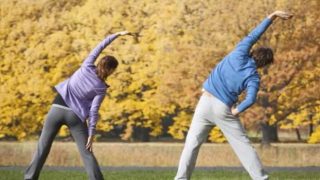Quality Assurance: Comfort
Comfort in Quality Assurance
Learn the fundamental aspects of fabric comfort, including:
Air Permeability
An important measurement of protection for some outer garments is the ability to prevent air or wind to move through a fabric. The term windbreaker is often used to describe this attribute for jackets or coats for everyday use. In extreme outdoor cold and windy conditions, wind protection and breathability (which allows perspiration to evaporate, and so, help avoid hypothermia) are real safety concerns for people who must work or choose to be outdoors in such weather. Textiles can provide resistance to air penetration by means of fabric construction, fiber content, chemistries or a combination of these elements.
Moisture Management
The term, moisture management was coined in the early 2000s as new products came into the market with advertising claims such as, “wicks perspiration away from the skin,” “dries faster,” “dual dry,” and more. These claims were not understood by consumers or substantiated by standard test methodology.
Absorbency
An existing AATCC test method is integral to judging whether a fabric has one major attribute of moisture management: absorbency. In fact, one of the new moisture management test methods calls for a determination of whether a fabric meets a prescribed absorbency threshold as measured by AATCC Test Method 79.
Wicking (Horizontal/Vertical)
Wicking was one of the marketing terms used in the early 2000s on new products with moisture management claims. Wicking tests were commonly used long before moisture management claims occurred on textile products; however, there was no standardized procedure. Efforts were finally undertaken to standardize a wicking test method; discussions found that both vertical and horizontal wicking measurements could help quantify some moisture management properties.
Drying
The moisture management test methods that have been covered so far have dealt with the amount, distances, and time of water movement. The next test methods are those associated with the drying of water from fabrics.
Clinging
AATCC’s R-A 63 Committee continues to work toward consensus on other new test methods to add to the current battery of moisture management tests. Most new test methods evolve from laboratory procedures created by research and development efforts within companies trying to differentiate the performance of new products from their competitor’s products. The Cling Test is an example of a lab procedure that was created to measure another attribute of moisture management.


